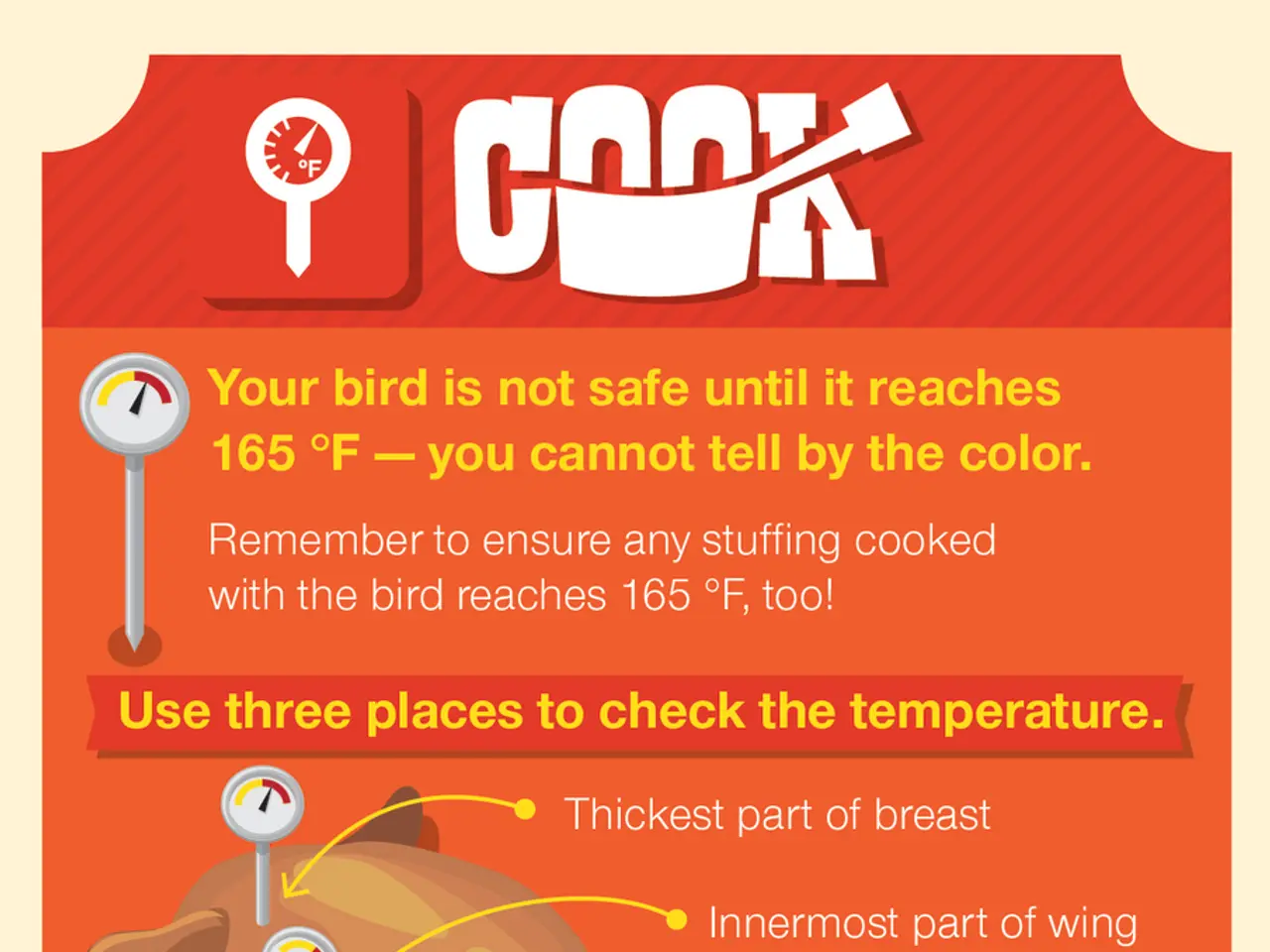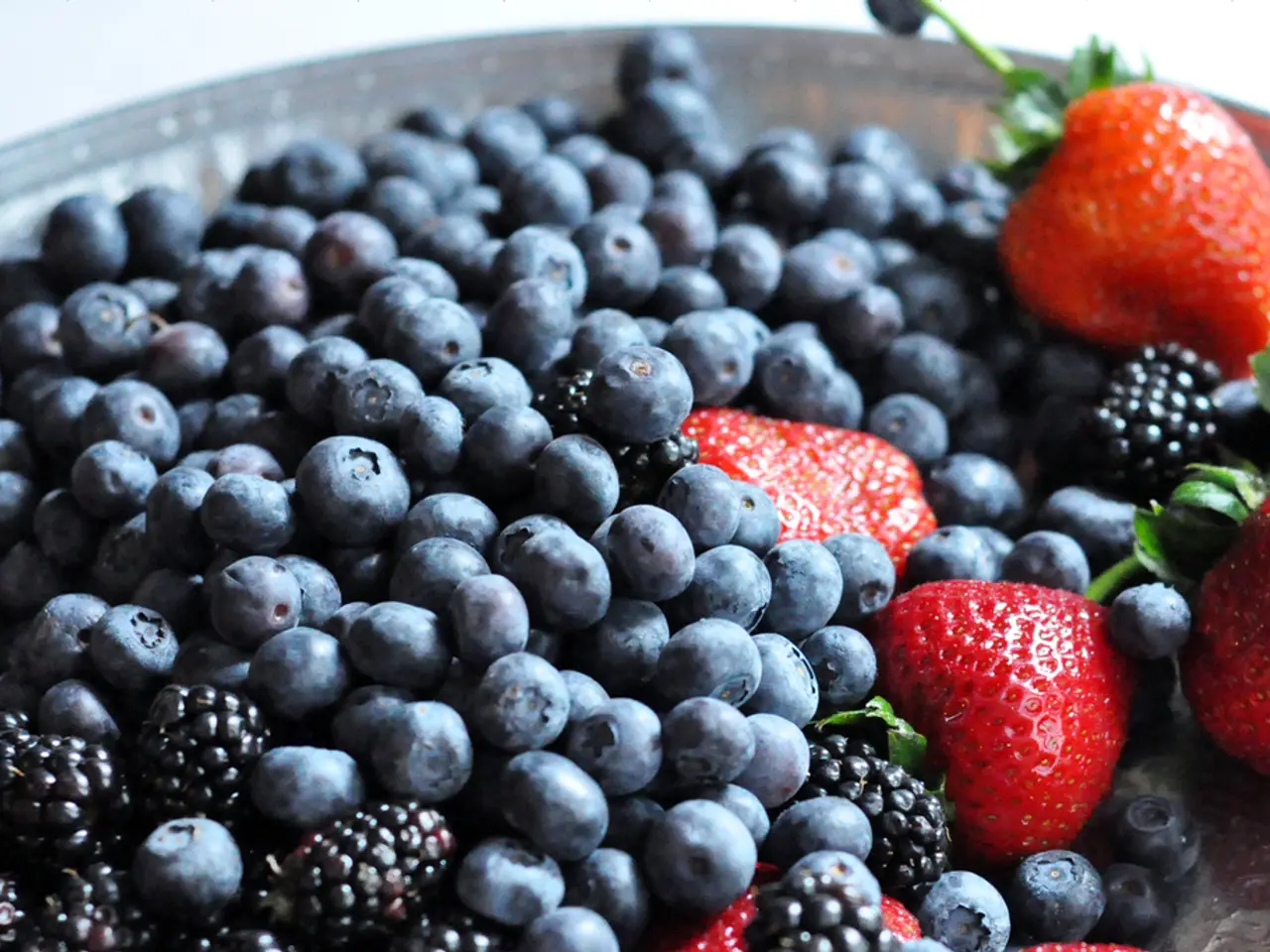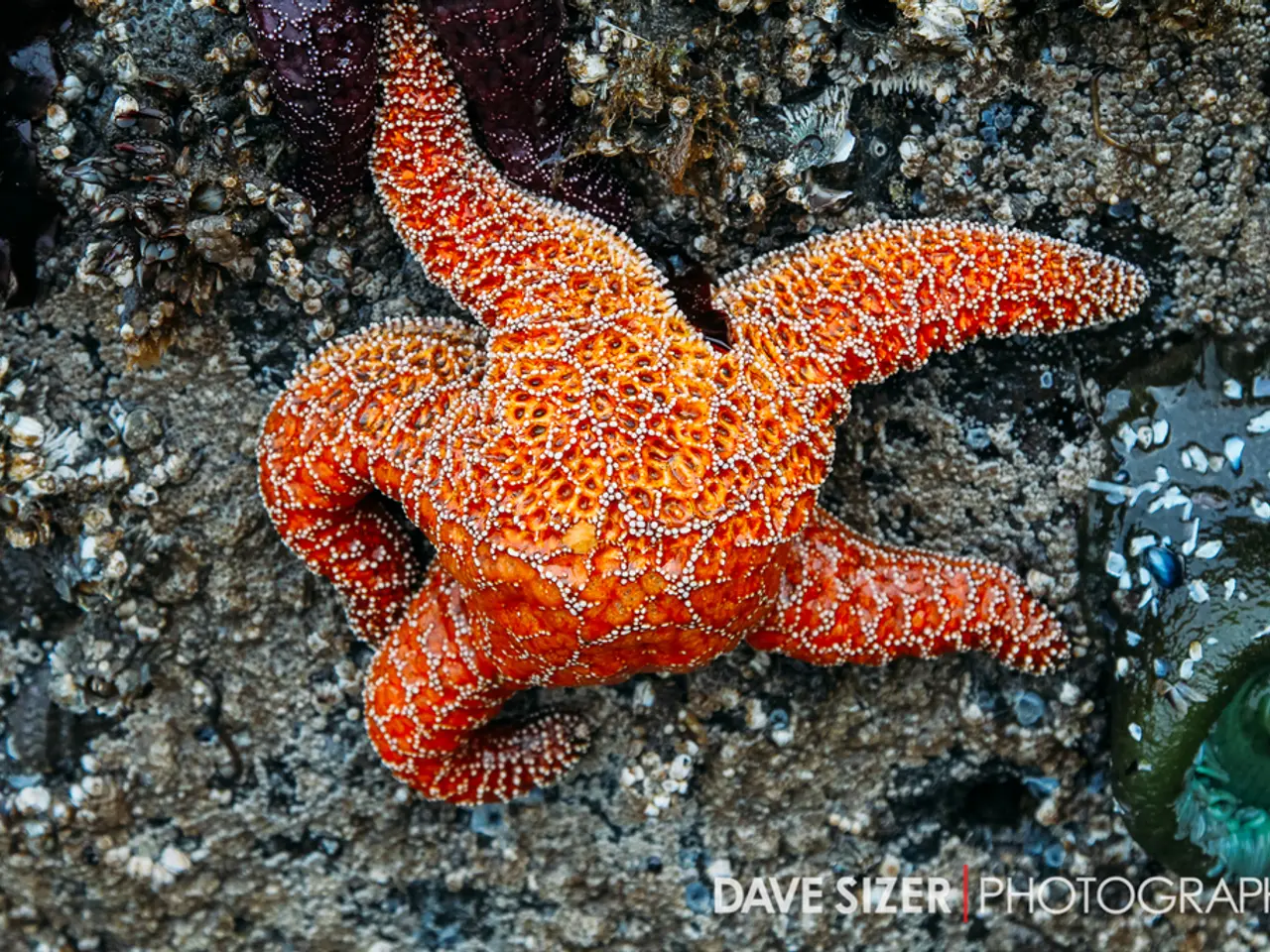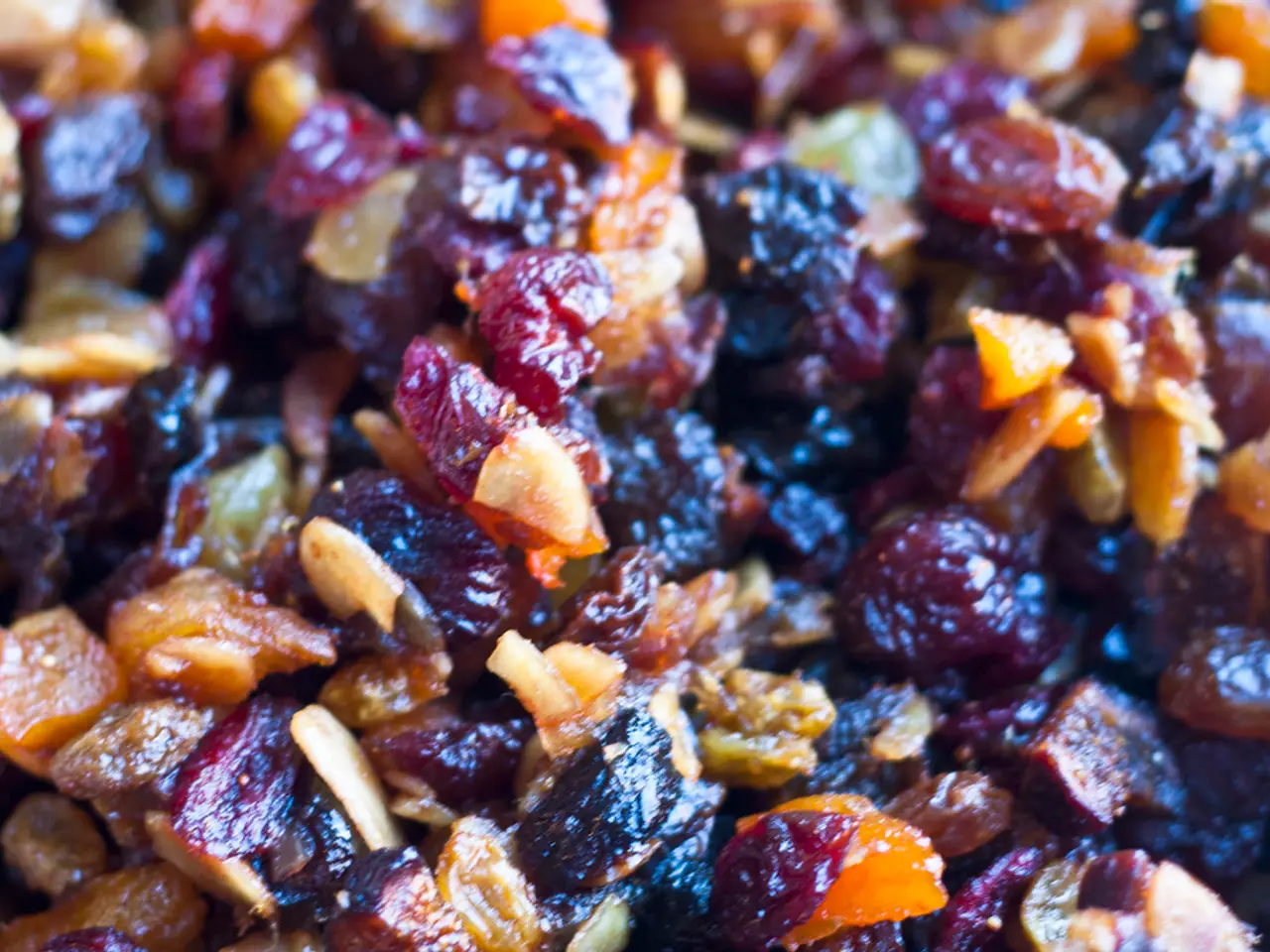The Potential Emergence of Avian Flu as the Next Global Pandemic
The ongoing H5N1 bird flu outbreak in the United States, first detected in early 2024, continues to pose a significant challenge to public health authorities. As of July 2025, the virus remains widespread among wild birds, poultry, and dairy cows, leading to over 50 confirmed human cases, primarily among those working in close contact with infected animals.
While human-to-human transmission of H5N1 in the U.S. has not been observed, the Centers for Disease Control and Prevention (CDC) advises vigilance, particularly among workers with animal contact. The current cases have largely resulted from direct or close exposure to infected animals without appropriate Personal Prevention Equipment (PPE), which includes safety goggles, disposable gloves, rubber boots, an N95 respirator or surgical mask, and coveralls.
Experts are concerned about a potential resurgence or increased virulence of the virus, especially during the fall season, and monitoring efforts continue closely, involving the CDC, USDA, and FDA. However, a complicating factor is the reluctance of many infected workers in agriculture, including immigrants, to cooperate with health investigations due to immigration enforcement concerns. This could hamper outbreak detection and control efforts.
The H5N1 strain of bird flu is the most concerning, as it has rapidly mutated and spread to species beyond birds, including dairy cows, something that has not been observed before. This strain is a subtype of influenza A, known for causing flu pandemics, and the current outbreak is the largest ever recorded.
The risk of a bird flu pandemic is high, but the timing is uncertain. The USDA has predicted that egg prices will continue to rise another 20.3% by the end of the year due to bird flu. Prevention for humans and pets includes avoiding raw animal products, stopping pets from coming into contact with birds, cattle, and other wildlife, and self-monitoring symptoms for 10 days after exposure.
Bird flu can also be spread through animal products, such as raw milk, and can potentially infect household pets like cats. The first recorded case of bird flu was in 1878 in Northern Italy, associated with poultry and referred to as "fowl plague." The most notable outbreak of influenza A in history was the 1918 pandemic, more commonly known as the Spanish flu, which resulted in the deaths of 50 million people.
Unlike other major viruses, bird flu rarely spreads easily between people, but can be more severe and deadly if it does infect humans. The current outbreak serves as a reminder of the importance of vigilance, proper precautions, and effective cooperation between public health authorities and those working in agriculture to mitigate the risks associated with this ongoing threat.
- The ongoing H5N1 bird flu outbreak, first detected in early 2024, has sparked concern in the realm of health-and-wellness, particularly regarding medical-conditions related to the virus.
- In the field of science, experts are closely monitoring the H5N1 strain of bird flu for potential resurgence or increased virulence, especially during the fall season.
- As the op-ed pieces in news media suggest, the current bird flu outbreak is a significant challenge, requiring vigilance not only from public health authorities but also from those working in close contact with infected animals, such as workers in agriculture.
- In the world of photography, images capturing the impact of the H5N1 bird flu outbreak on wildlife and human life are making headlines, serving as a grim reminder of the ongoing threat and the importance of adhering to health and safety precautions.




